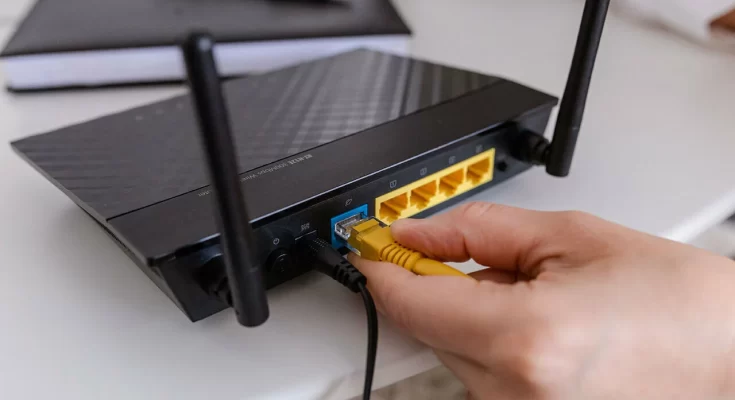DSL
Compared to DSL, cable internet offers a number of advantages. First, it offers faster speeds and better performance. Second, it is more affordable and reliable. Finally, it provides a wider range of speeds and packages.
Cable internet uses coaxial cables to transfer data. These cables are similar to those used for television transmission. However, they are a bit thicker. They also degrade over long distances.
DSL, on the other hand, uses twisted-pair copper wiring to transmit data. This is not the most efficient way to transmit data, but it’s faster than dial-up.
The most important part is that it does not monopolize your phone line. You can still surf the web or use your phone at the same time.
DSL is not as fast as cable, but it is more than fast enough for a few basic web browsing and emailing tasks. It is also ideal for streaming music and movies. A good DSL plan will have a speed of at least 25 Mbps, which is adequate for a small household. It is not the fastest Internet connection available, but it is the fastest of the big three.
A DSL plan will usually cost you between $20 and $45 a month. It is also possible to sign up for a no-contract plan. This gives you flexibility if you want to change plans or cancel service.
Cable
Basically, an Internet cable is any cable used for transmitting Internet information. This includes telephone wires, Ethernet cable, HDMI cables, and fiber optic cables. However, these cables can also be used for other purposes.
Ethernet cable is a kind of cable that uses RJ45 connectors to connect devices. It is also used to carry broadband signals between devices. Currently, the most common ethernet cable is the 10-megabyte twisted pair. Some ethernet networking wires are shielded, while others are unshielded.
Coaxial cable is similar to Ethernet cable, but it contains a copper core and an outer layer of aluminum or plastic. It is also used to transmit television signals and voice communications. It is also used for cable TV, but its main use is in telephone systems.
Fiber optic cable is similar to ethernet cable, but it is used for longer distances. It can carry more bandwidth than copper, and is also immune to interference. It is often used for voice applications, server hosting, and application hosting. It is also used in applications requiring electrical isolation.
Coax cable is a type of cable used for TV transmission and other signals that have a multiple megahertz bandwidth. It is also used for computer data busses and telephone lines.
Fiber optics are best suited for businesses that need to process large amounts of data. It is also used in data centers, voice applications, and application hosting. It can also be used in harsh environments.
Fiber-optic
Using a fiber-optic internet cable can increase the speed of your internet service. It has a much higher bandwidth potential and can handle more users. In addition to that, it is also more reliable than other types of internet service.
Fiber-optic cables can transmit signals for up to twenty-five miles. This means that you can upload and download faster than you can with other types of internet services. You will also experience less degradation and less maintenance with fiber-optic internet cables.
Fiber-optic internet cable is comprised of optical fibers, which is a strand of thin glass fibers, thinner than a human hair. The core of the fiber is made of pure material, such as plastic or glass. These cores have diameters of 50, 62.5, and 100 microns.
Fiber-optic internet cable is more reliable than cable because it transmits signals with less interference. This means that you will not experience any interruptions from electrical disruptions or lightening. In addition, fiber-optic networks are less likely to go down during a power outage.
Fiber-optic internet cables are also less susceptible to degradation and can remain durable for longer periods of time. In addition, fiber-optic internet cables can transmit signals at higher speeds than cable, making it a better choice for businesses that need more bandwidth.
Fiber-optic networks are also a better choice for businesses that need to host video, voice, or application hosting. This is because fiber optics can be used to transmit light pulses in binary form. In addition, fiber optic systems are considered passive systems, which means that they do not require power to operate.




